
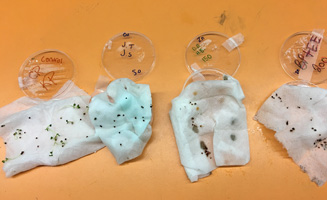
Contributor
- Topics: Archive, Garden Futurist

[sidebar]Educurious® is a 501(c)(3) nonprofit organization whose goal is to cultivate curious, motivated young people who are ready for college and tomorrow’s careers. For more information visit www.educurious.org.[/sidebar]
Educurious is determined to transform the K-12 educational experience. And as part of the team, our work is to engage students by designing and implementing active, engaging, applied learning experiences. Our Environmental and Human Health curriculum ignites student curiosity around the question: How can we use plants to remove toxins from the environment?
Rather than reading a textbook or taking lecture notes about plant physiology, students learn about plants in the context of the fascinating and highly relevant concept of phytoremediation. This positions plants as not just passive beings, but as organisms that can right wrongs and undo environmental injustices. Relevance for students is core to our curriculum design philosophy, and for many of our urban students in cities like Detroit, Philadelphia, Tulsa, and Seattle, who may live in areas with brownfields or Superfund sites, this unit hits close to home.

Students investigate toxins in their environment by testing drinking water in their homes and schools and then conducting case studies on specific chemicals. They research Superfund sites and brownfields in their area, and learn about biomagnification and bioaccumulation. The overwhelming nature of these environmental problems leaves them eager to find a solution, at which point the idea of phytoremediation—the use of plants to remove toxins from the environment—is introduced.
The kids are hooked. Eager to understand the physiological processes behind how some plants take up and store the toxins and others break toxins down into harmless byproducts, students now have an authentic desire to learn more about the inner workings of plants including cellular biology, photosynthesis, transpiration, and cellular respiration—content that is usually transmitted in textbooks and by rote memorization.
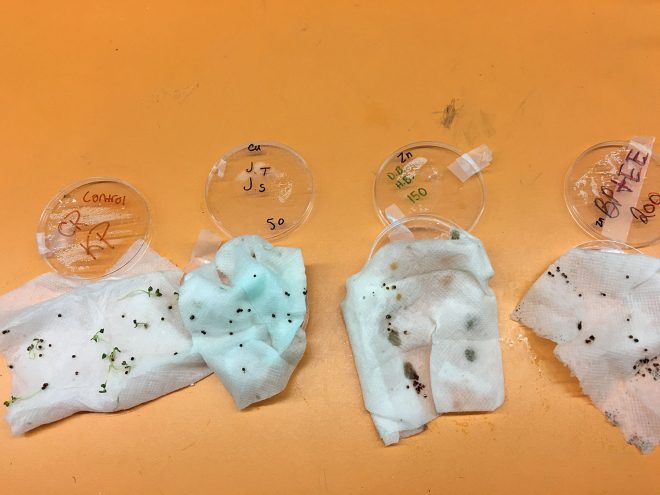
Students apply what they are learning by actually growing plants and exposing them to toxins. They then take on the role of research scientists as they explore the pros and cons of phytoremediation, evaluate the cost and time that remediation projects require, and finally design and complete their own phytoremediation research project using Fast Plants®.
Sometimes called rapid-cycling brassicas, Fast Plants® were originally bred to research disease resistance in cruciferous crops because they grow easily in artificial lab conditions and complete their life cycle in 14 to 28 days. Many plant species are phytoremediators and brassicas are excellent at taking up heavy metals. Several species of Fast Plants® are ideal for this type of research including Brassica juncea, Brassica nigra, and Brassica rapa. Their quick growth cycle allows students to see the effect of the poisons at all stages of the plant’s life.
Students design experiments to test the extent to which each of the phytoremediating species is able to withstand varying concentrations of either copper sulfate or zinc sulfate. They choose the toxin, the concentration, and other growing condition variables. Not only are students learning what plants need to live and thrive, but they powerfully apply the scientific method and observe first-hand the power of plants to improve the environment. Their research is an act of environmental activism.
Also important is reconnecting teachers to their love of science by connecting them with experts in the field. Last fall, teachers met virtually with an expert from the EPA, who fielded questions about everything from how plants degrade organic compounds, sequester carbon, consume methane from landfills, stop erosion, and protect streams and wetlands from excess fertilizer and pesticide contamination, to how plants can indicate what contaminants are in groundwater. When teachers get excited about content, it comes through in their teaching.
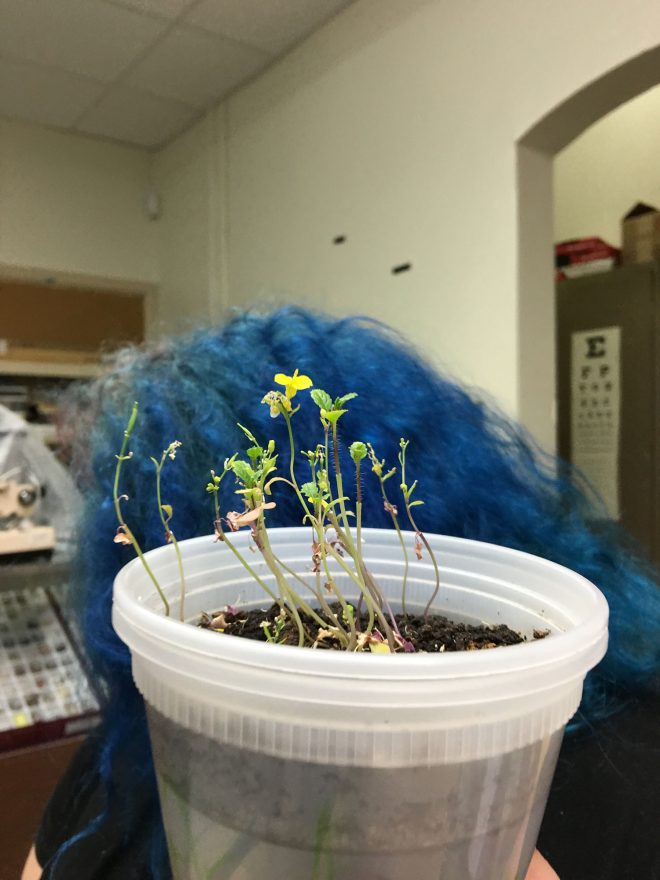
To engage kids in science, the Educurious curriculum unapologetically takes advantage of the magic we all experience in a close encounter with the natural world. Students are spellbound by the germination of seeds; they find working with the earth to be therapeutic and the unfurling of new leaves magical. It transports them to an earlier time in their childhood—a time when they experienced wonder in the classroom as evidenced by these photos of students at The Street School in Tulsa, Oklahoma. Biology teacher Christy Busch said, “Some of the kids were a bit disappointed that we didn’t have mutant zombie plants.” But hopefully this experience will lure some of them back to the soil again and toward a future as environmental scientists, plant researchers, horticulturists, or landscape architects.




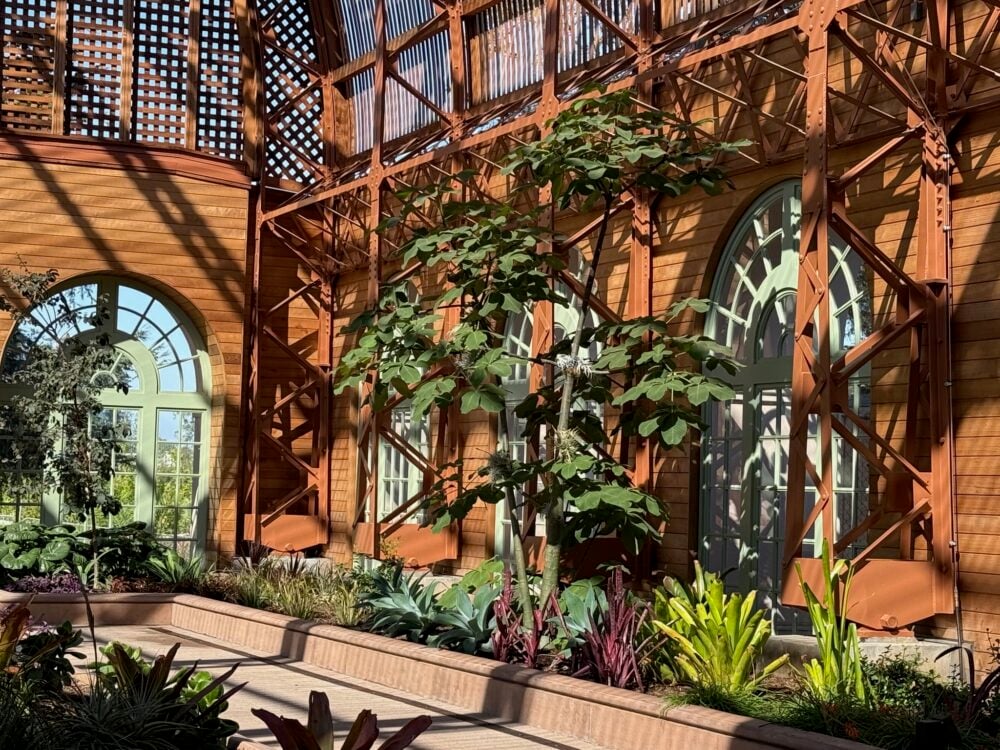
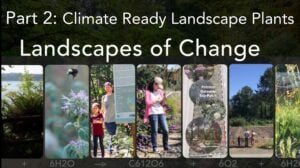

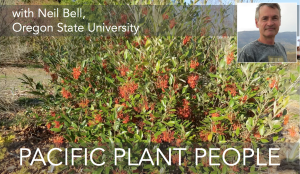
Responses